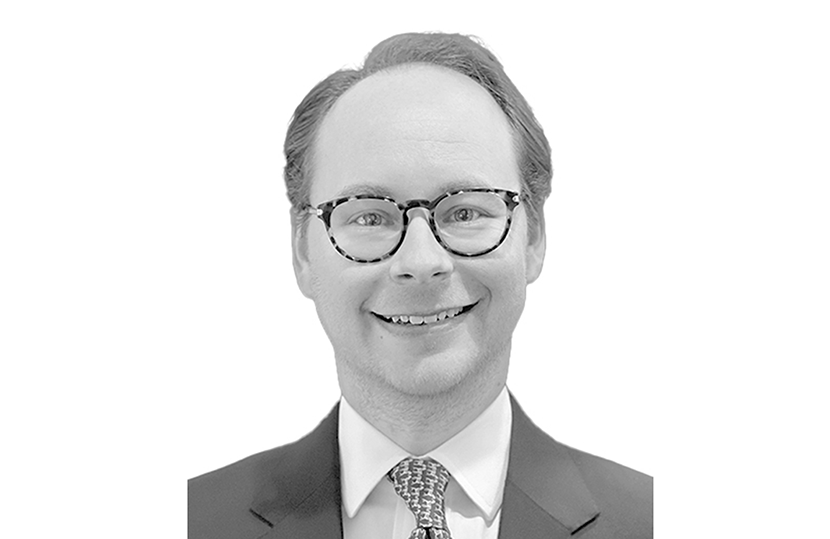
MBA Newslink Q&A: JLL’s Kent Cullins Discusses the Healthcare Sector

MBA NewsLink sat down with JLL’s Kent Cullins, who leads JLL’s Value & Risk Advisory Healthcare team, to discuss some of the major trends, opportunities and challenges he’s seeing in the sector.
MBA NewsLink: How is the healthcare sector performing? What is the macro outlook for it?
Kent Cullins: We continue to see strong demand for healthcare services given the aging population and increased outpatient need. This translated into an increase in medical outpatient transaction volume in 2024, which we anticipate will continue through 2025, barring no significant market fluctuations.
In terms of rent growth, average asking rents for MOB space continue to increase yet the year-over-year growth rate has slowed. Capitalization rates for healthcare properties remain above those for multifamily and industrial assets, but well below typical office rates. There is now greater emphasis on the quality and duration of tenant leases, particularly those with health systems or large physician groups. As a result, we’re seeing a significant cap rate spread between core and value-add healthcare assets in the current market.
MBA NewsLink: Are there any trends you’re seeing emerge in the sector?
Cullins: A relevant trend is the leadership of health systems in construction starts, accounting for 53% of the total square footage in 2024. This highlights the growing focus of health systems on expanding their outpatient strategies and the shift from inpatient care to outpatient care.
According to JLL’s 2025 Medical Outpatient Building Perspective, outpatient volumes are expected to grow by 10.6% over five years, compared to just 0.9% for inpatient volumes. This difference highlights the increasing importance of outpatient services in the healthcare industry.
MBA NewsLink: How does this shift to outpatient services impact the overall sector?
Cullins: With the limited availability of purpose-built MOBs and an increased focus on more outpatient services, there’s growing interest in converting existing office spaces to medical uses, especially for lower-acuity tenants. This scarcity is driving occupancy rates up, reaching 92.8% in Q4 2024. Given the high costs for necessary renovations and infrastructure upgrades we’re also starting to see spillover into adjacent property types like traditional office and retail spaces.
MBA NewsLink: What are the hottest healthcare markets for 2025?
Cullins: Sunbelt markets are seeing strong growth due to population increases, particularly among those over 55. Markets like Raleigh-Durham, Charlotte and Las Vegas stand out for their absorption rates, which are among the highest as a percentage of inventory. This trend contrasts with some established markets that are helped by the presence of growing health systems. For example, Boston and Northern New Jersey have seen significant rent growth despite not being in the Sunbelt, demonstrating that markets with leading health systems can also thrive.
MBA NewsLink: Are there any shifts in how you’re valuing healthcare assets given the rising costs and the increased demand for medical space?
Cullins: High-quality market data has become more important than ever in valuing healthcare assets. Health systems have been the primary driver for new construction, accounting for 53% of total square footage in 2024, up from 43% in 2019. This shift reflects their focus on expanding outpatient services and capturing market share. Rising construction costs have significantly increased rents for both conversions and build-to-suit properties.
Without the latest data, it would be impossible to properly analyze the feasibility of many recent healthcare developments.
(Views expressed in this article do not necessarily reflect policies of the Mortgage Bankers Association, nor do they connote an MBA endorsement of a specific company, product or service. MBA NewsLink welcomes submissions from member firms. Inquiries can be sent to Editor Michael Tucker or Editorial Manager Anneliese Mahoney.)
